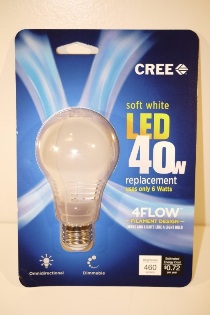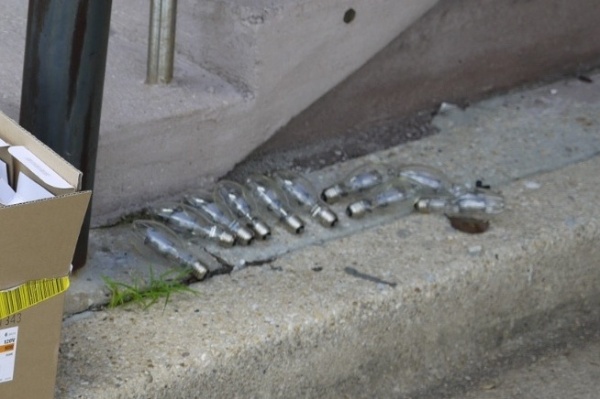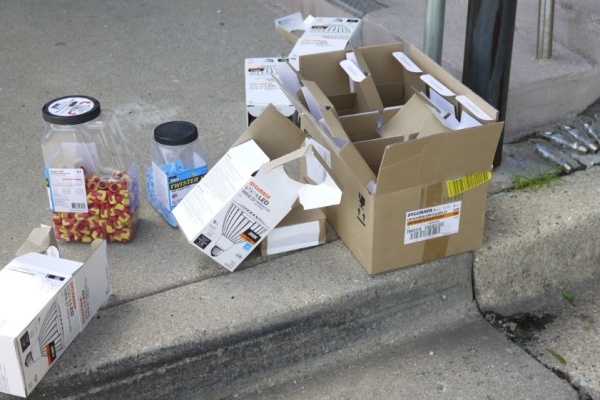 I’ve been busy, literally digging into stuff. The morons who built my house screwed up, so heavy rains gave me a wet basement. By digging, I’ve been able to seriously whack my electric bill, saving ridiculous amounts of Watts.
I’ve been busy, literally digging into stuff. The morons who built my house screwed up, so heavy rains gave me a wet basement. By digging, I’ve been able to seriously whack my electric bill, saving ridiculous amounts of Watts.
More explanation: the property was not graded properly. A house is supposed to be surrounded by a mild slope, causing rain to run off away from the foundation (and any basement if present). Failure to grade leads to a damp basement, and in extreme cases foundation damage or settling. My basement was damp in general, and certainly after serious rains, so I decided to take matters into my own hands.
I’ve been digging for months now, adding drainage features. Then I threw the spoil toward my walls, to alter slopes. I’m not even finished, and already I’ve been able to turn off the dehumidifier in the basement. Without it, the electric bill fell sharply. The first month, I didn’t pay attention much. The second month was a coincidence. The third month, however, showed me the dehumidifier had been the one biggest energy use in the house, since my electric bill is now half. Yes, half. Just digging cut my electricity use in half, and my EV is now “paid off” (in wattage terms) several times over.
I have to retract that first part: the general contractors for the house weren’t morons. They aren’t paying the monthly utility bills, I am. So what do they care if they “screwed up”? Someone bought the new house, so for a builder, they succeeded. Succeeded in suckering at least one homebuyer. I, a later owner, am a sucker no more, and not an energy sucker. Which makes me wonder: how many screwups are there, in this land of detached houses, and how many are simply being covered up by energy sucking? Continue reading


 And another CES is in the books. The 2015 Consumer Electronics Show was big as usual, but if I had to sum it up, two categories would be “wearables” and “rideables.” Watches and other small-gadget-with-transceivers-and-app were of course everywhere. Less usual this year: smart transport on display, not just smart accessories. At the Convention Center:
And another CES is in the books. The 2015 Consumer Electronics Show was big as usual, but if I had to sum it up, two categories would be “wearables” and “rideables.” Watches and other small-gadget-with-transceivers-and-app were of course everywhere. Less usual this year: smart transport on display, not just smart accessories. At the Convention Center: I know what I’ll do about A/C: the rest of my plan. The last time I needed roof work, I got the lightest shade the company had. I’ve bought new windows and more insulation, to put in my attic and walls; I’m about to buy even more. My utility has their own initiatives: subsidies for efficiency, and for A/C budgeting. In the future, I may nail that coffin once and for all. I’m looking into a ground heat pump, drastically more efficient than plain ol’ air conditioners.
I know what I’ll do about A/C: the rest of my plan. The last time I needed roof work, I got the lightest shade the company had. I’ve bought new windows and more insulation, to put in my attic and walls; I’m about to buy even more. My utility has their own initiatives: subsidies for efficiency, and for A/C budgeting. In the future, I may nail that coffin once and for all. I’m looking into a ground heat pump, drastically more efficient than plain ol’ air conditioners.  Again, welcome to 2015. And a happy 2015 it is, at least in energy. Not only have LED lamps fallen in price drastically from just a few years ago, but they continue to improve, in multiple respects. Cree, one of the bigger names in LEDs, didn’t just release their groundbreaking lamp about a year ago. They’re now on their generation-2 product, and yes, competition has improved the breed.
Again, welcome to 2015. And a happy 2015 it is, at least in energy. Not only have LED lamps fallen in price drastically from just a few years ago, but they continue to improve, in multiple respects. Cree, one of the bigger names in LEDs, didn’t just release their groundbreaking lamp about a year ago. They’re now on their generation-2 product, and yes, competition has improved the breed.


You must be logged in to post a comment.